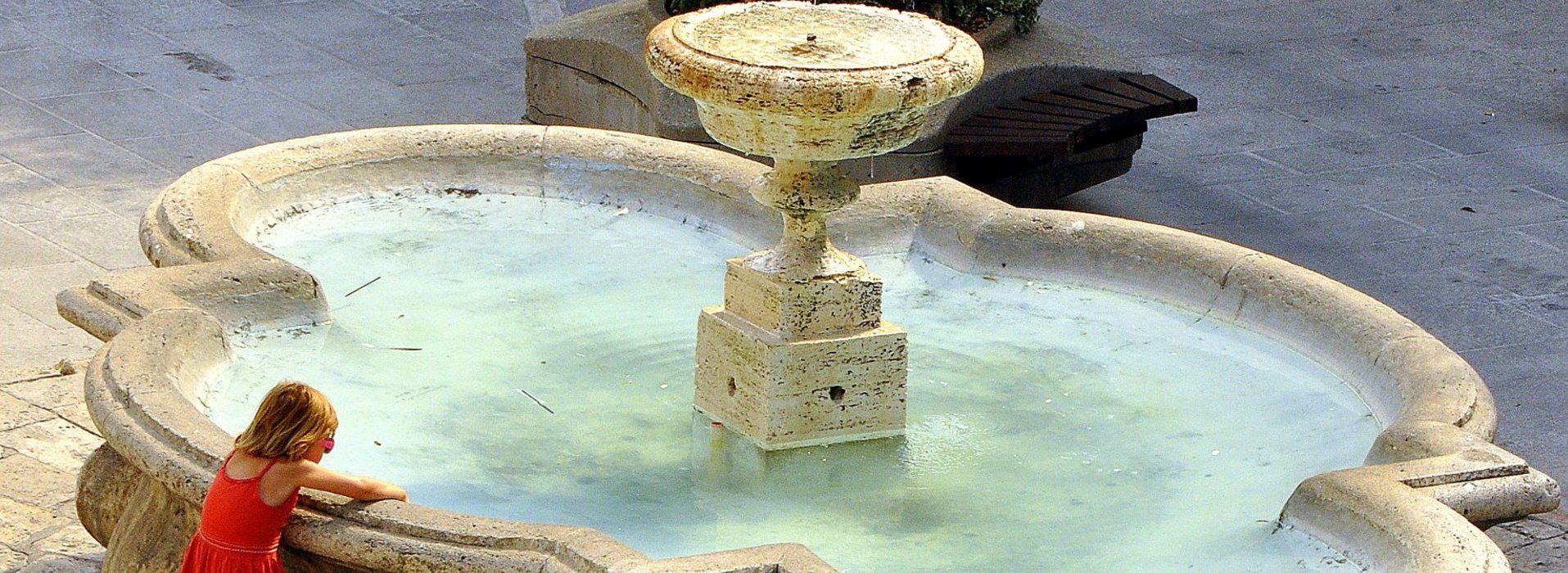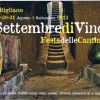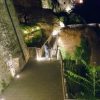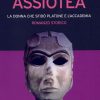Un piccolo gioiello incastonato nel tufo nel sud della Maremma Toscana che strega e merita una visita in qualunque periodo dell’anno. Parliamo di Pitigliano borgo di straordinario fa-scino, ricchissimo di arte, bellezze paesaggistiche, cultura e storia legata anche alla importante e numerosa comunità Ebraica qui ospitata da secoli e secoli.


È difficile resistere alla bellezza del paese di Pitigliano, piccolo gioiello incastonato nel sud della Maremma Toscana.
Pitigliano ti appare d’ improvviso mentre stai guidando già da un po’ ed inizi ad essere stanco della strada.
Il paese è davanti a te dopo l’ennesima curva e quello che vedi ti mozza il fiato.
Sei costretto a fermarti di colpo.
Provi un bisogno quasi compulsivo di fotografare il panorama, vuoi conservare e portare via questa immagine travolgente di bellezza.
Vedi uno scoglio tufaceo che si innalza con forza e contrasta tutta la gamma dei verdi della vallata intorno. Sopra lo scoglio disposte quasi a caso,le case di tufo arroccate l’una sul’altra. Le costruzioni non sembrano edificate dal’uomo, ma nate da sole come frutti spontanei di un’eruzione, figlie naturali della roccia.
Così, rimani fermo lì e osservi il paese intero, le sue arcate, i lavatoi, le inaspettate finestre e le grotte incuneate nello scoglio.
Percepisci odore di storia,di storie mentre ascolti il rumore leggero del fiume che scorre in basso. Quando alzi gli occhi vedi nel cielo i corvi che creano dei nuovi girotondi.
Da questa immagine inizio, solo per raccontare un’altra storia.
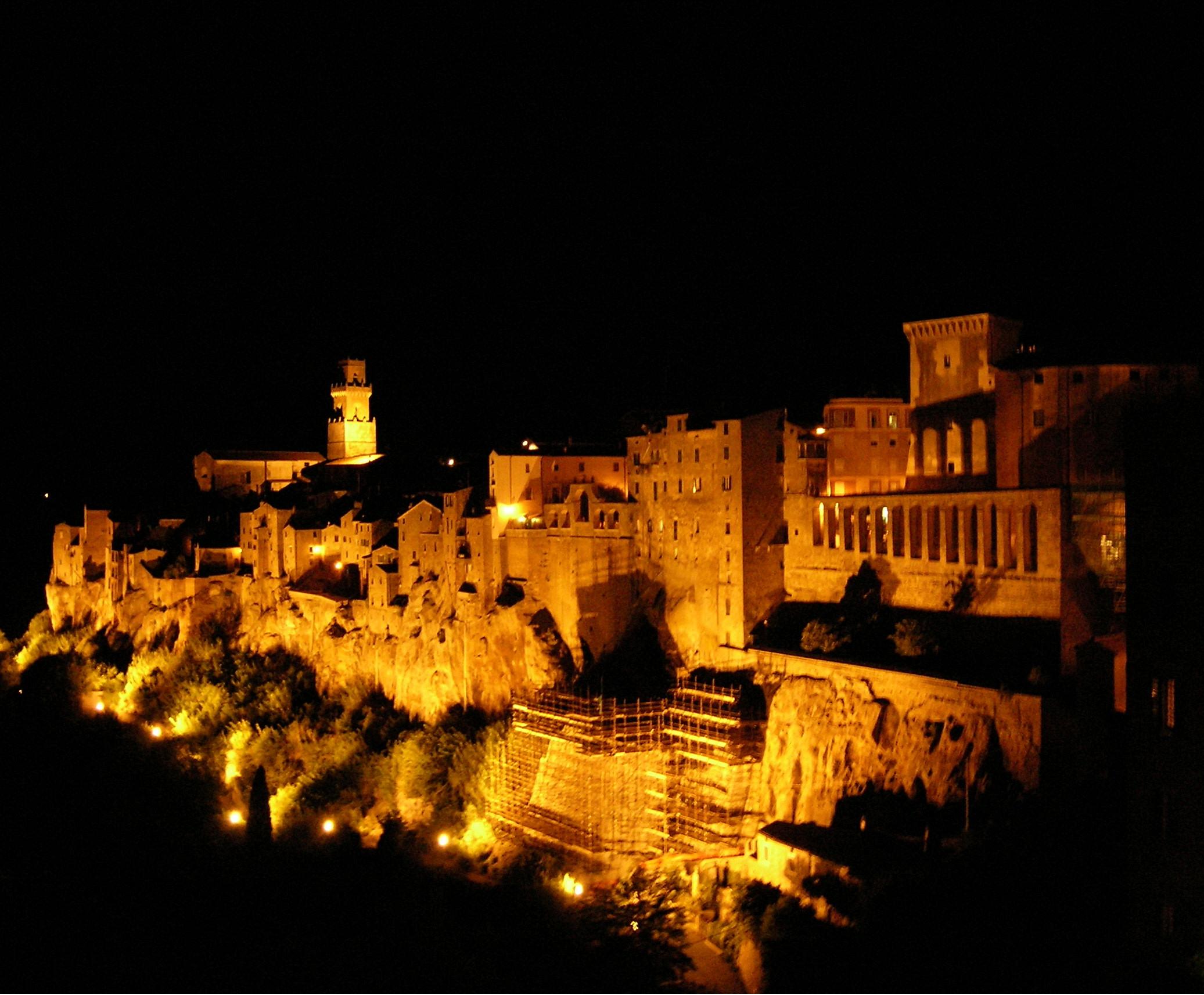

Dalla fine del 1500 fino alla seconda guerra mondiale Pitigliano ospitò una importante e numerosa comunità Ebraica, per questo motivo meritò l’appello di “Piccola Gerusalemme” .
Negli anni 70 però, dopo la seconda guerra mondiale, solo pochi Ebrei vivevano ancora a Pitigliano.
Fra i pochi rimasti, c’era un vecchio e piccolissimo Ebreo di nome: Ayò.
Ayò conosceva tante storie e amava narrarle.
Ayò raccontava per esempio, che la magia di Pitigliano era scritta nella musica.
“Solo poche e speciali persone – diceva Ayò – sanno leggere la musica di Pitigliano.
Nella musica è scritta e narrata la magia di questi luoghi. Nessuno sa – continuava l’anziano ebreo – dell’esistenza di uno “SPARTITO MUSICALE, visibile solo nelle notti di luna piena, visibile solo se in “certe case” del borgo e del ghetto si accendono “certe luci” …
Se “tutto” questo accade e tu sei capace di capire e sai suonare allora corri… vai sulla strada, sì, la SS 74 Maremmana e fermati sulla curva, quella in prossimità della chiesa Madonna delle Grazie.
Fermati in quel luogo e da lì osserva il paesaggio, osserva bene Pitigliano, guarda le luci e le ombre proiettate dalle finestre delle sue case, non ti stancare. Resisti, se sai resistere dopo un po’ vedrai apparire davanti ai tuoi occhi uno spartito musicale.
“Quella è la musica di Pitigliano, ancora in attesa di essere suonata!”.
Pitigliano, a small jewel nestled in the tuff
It’s hard to resist the beauty of the town of Pitigliano, a small jewel nestled in the south of Maremma Tuscany.
Pitigliano appears suddenly when you are driving for a while and you start getting tired of the road.
After a curve the town is just in front of you and the image takes your breath away.
You are forced to stop.
You feel an almost compulsive need to photograph the landscape to keep with you its beauty.
You see a tuff promontory rising strongly and contrasting the whole range of greens of the valley, on the top, randomly placed, the tuff houses perched on each other.
The buildings don’t seem to be built by men, but borned from the sun, “the spontaneous fruits of an eruption”, natural daughters of the rocks.
You stand still there, looking at the whole village, its arches, wash houses, the unexpected windows and the caverns embedded in the rock.
You feel the smell of history, of stories.
While listening to the faint sound of the river flowing at the bottom, you look up and see the sky above you with crows that are drawing new circles on it.
I begin from this picture, just to tell a different story.
From the late 1500 until the Second World War, Pitigliano hosted a large and important Jewish community.
In the 70’s, after the Second World War, only a few Jews were still living in Pitigliano.
Among them, there was an old and very little Jew named Ayo.
Ayo knew many stories and loved to narrate them.
Ayo told, for example, that the magic of Pitigliano was written in the music.“Only a few special people – says ayo – knows how to read the music of Pitigliano. The magic of these places is written and narrated into the music. Nobody knows – continues the old Jew – the existence of a musical score, only visible in full moon nights and only if ‘certain lights’ were lit inside ‘certain houses’ of the village and the ghetto… If that happens and if you are able to understand and play, then run… go to the road, the ‘SS74 Maremmana’, and stop there on the curve, the one near the church ‘Madonna delle Grazie’. Observe the landscape from there, look carefully at the Pitigliano lights and shadows from the windows of houses. Don’t get tired, hold on. If you can resist, after a while, you’ll see a musical score in front of your eyes. That is the music of Pitigliano, still waiting to be played!”.
Articolo pubblicato sulla Rivista Maremma Magazine
